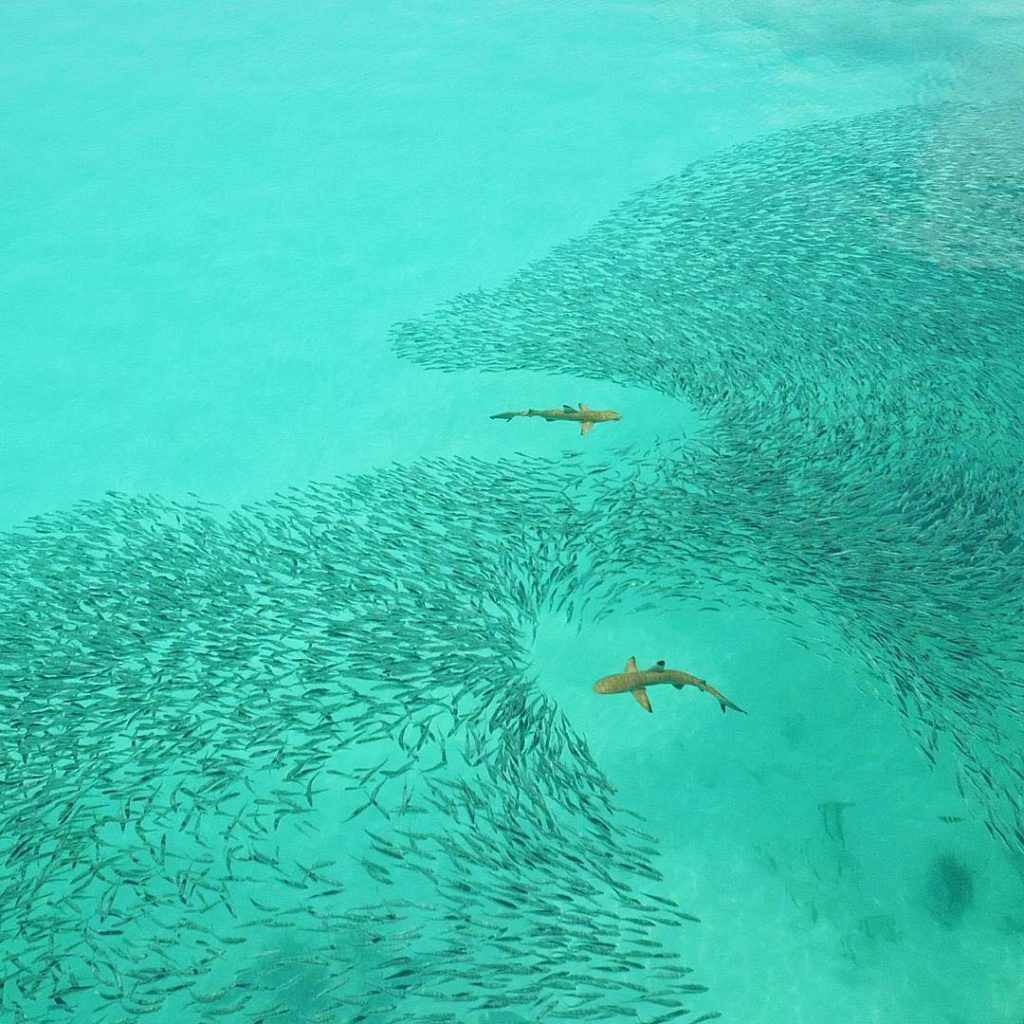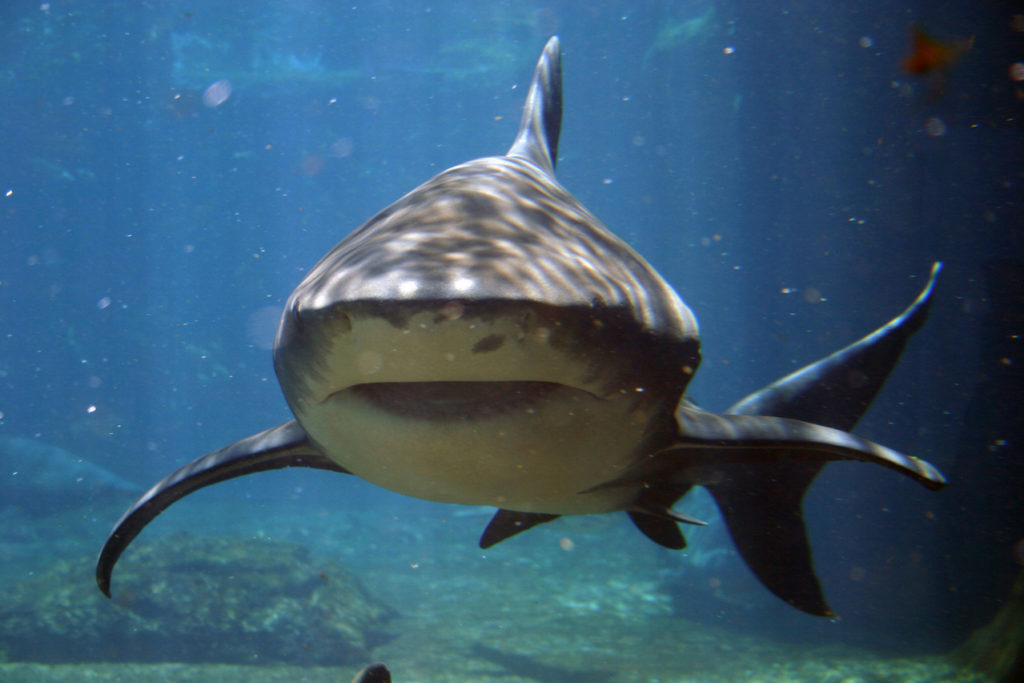As summer approaches, the need for fun-in-the-sun is on everyone’s mind. For the drone community, the possibilities of cool adventures with a stellar drone are endless. If you are a beach lover but stay close to the shore due to sharks and jellyfish, you will love what researchers are working on to prevent beachgoers from becoming shark food. Yes, it’s a case of drones saving lives, they say.
A stylish drone is currently being tested to help lifeguards identify when sharks are close to swimmers. The idea is to use drones to track the sharks as they swim close to the shore. Shark attacks have been occurring more often. Hospitalizations due to shark attacks have rapidly increased over the last 5 years.
Drones saving lives on the beach
Sharks are traveling farther distance for food and are populating in parts of the oceans where their presence is typically uncommon. Researchers from the University of North Carolina and Duke University have created a scientific study that will give lifeguards the advantage they need to protect those in the ocean. Upon the completion of this study, there very soon will a huge decrease of shark attacks and casualties.

Cities like Cape Cod, Massachusetts have recently seen a surge in white sharks. It is more common for blue sharks to be in the east coast waters. Blue sharks tend to be more mild and less aggressive than the notorious white shark. Major beach cities across the U.S. are trying different methods to alert beachgoers of the dangerous but fascinating animals. Scientist in Cape Cod a few years back, inserted a microchip into a shark to be able to track its whereabouts.
The great whites are being drawn to Cape Cod’s waters because seals, their favorite food, have dramatically rebounded there, thanks to a 1972 law that made it illegal to kill them.
Researchers, beach managers and public safety officials have been convening in recent years an unofficial “shark working group” to come up with ways to educate the public. Among the ideas they developed for this summer were the warning flags, which are purple and emblazoned with the unmistakable silhouette of a great white. The flags will start flying at some town beaches starting this Memorial Day weekend and appear on beaches administered by the National Park Service starting June 16, when those beaches are staffed with lifeguards.

Towns are also posting dramatic billboards at beach entries. Many bear a large great white image and advise visitors against swimming near seals. “It’s certainly not to sensationalize the situation. You just really need to jam it down their throats,” said Nathan Sears, natural resources manager for the Cape Cod town of Orleans. “Whatever you can give them — pamphlets, signs, flags.”
By July, when Cape Cod’s waters warm and great whites begin to appear in earnest, those measures will get high-tech reinforcement. A smartphone app being launched by the Chatham-based Atlantic Great White Conservancy will let beachgoers from Canada to Florida monitor the movements of tagged great whites and report their own possible shark sightings.
That comes as North Carolina researchers study whether drones can effectively track sharks on the East Coast, as communities in California and Australia already do. They’ve been testing the technology on decoys so far, but they expect to begin tracking real sharks in the coming week.
The challenge is that the waters off the East Coast are murky. Mounting infrared cameras on the drones may be a solution, the researchers said. “We are trying to find out at what range and what depths and under what conditions we are going to be able to use this technology,” said Dave Johnston, at Duke’s Marine Lab in Beaufort, North Carolina. “There will be conditions where it’s just not going to work.”

While the new measures provide a degree of security, researchers stress there’s little chance beachgoers will become shark bait anyway. Worldwide, there were only 98 unprovoked shark attacks in 2015, resulting in six deaths. Of those, 59 were in the United States, including 30 in Florida and 16 in the Carolinas, according to the International Shark Attack File maintained at the Florida Museum of Natural History.
In the Cape Cod area, which includes the resort island of Martha’s Vineyard, where “Jaws” was filmed, two kayakers escaped unharmed after they were knocked off their boats in 2014 by a great white. But the last time a shark actually bit a person was in 2012, when a man bodysurfing suffered leg bites from a great white. The last fatal attack was in 1936.
Longtime residents welcome this year’s new measures, but some hope officials soon turn their attention to what they see as a more pressing issue: controlling the seal population that’s drawing the sharks in the first place.
“Even if they don’t reduce the quantity of seals, they can at least figure out a way to scare them away from certain areas,” said Justin Labdon, a shop owner who created Chatham Whites, a clothing line inspired by the town’s latest attraction. “There really shouldn’t be huge seal colonies on the beach where people are swimming with their kids and making a bull’s-eye for great whites.”
